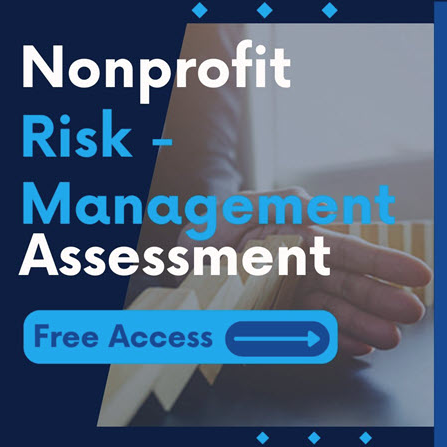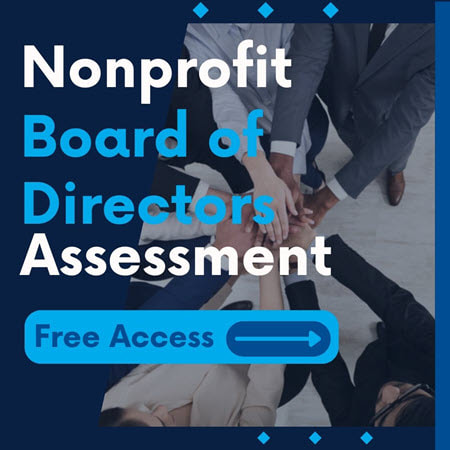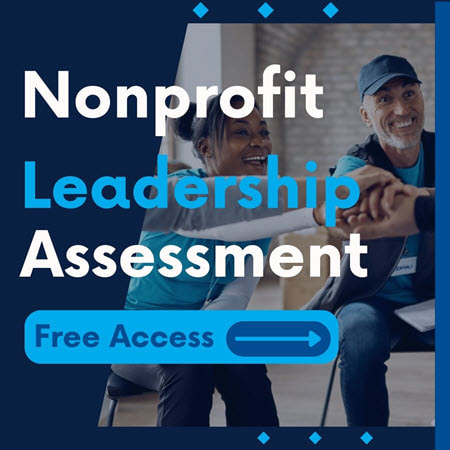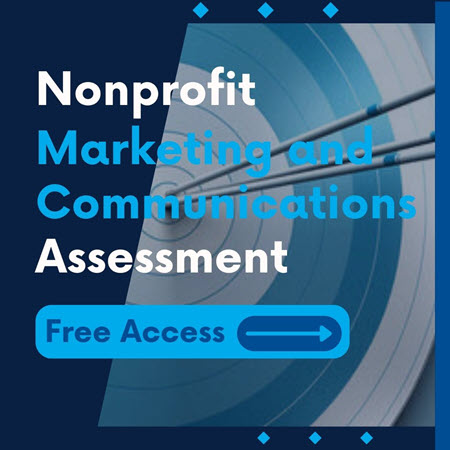THE LATEST FROM VALTASNews, updates, and stories to keep you in the know.
|
 Imagine the following scenarios:
In the nonprofit space, like all spaces, things go wrong. This can happen regardless of your level of preparation, financial capacity, and good intentions. Organizational leaders at the board and staff level need to know what has gone wrong and why so that they can make informed course corrections. Usually, the sooner they know, the better. But often, bad news doesn’t reach key decision makers in a timely way and sometimes it doesn't reach them at all!
0 Comments
 Serving on the board of directors for a nonprofit organization offers opportunities to support the community through focused, mission-driven work. It also brings the opportunity to help guide the organization in how it does that both now and in the future. While the staff is charged with delivering on the plans and goals previously set, the board of directors is responsible for looking to the future. That responsibility includes the question of whether the organization’s mission will be delivered in the future to be of the most benefit to the community and, if so, what form that will take operationally. The prevailing wisdom in the nonprofit sector is that there are way more nonprofit organizations than there are resources to go around to support their missions. Many of us have had the experience of tripping over each other as our mission delivery strategies overlap. But who wants to be the one to suggest consolidation, merging, or simply closing a struggling organization? On the other side of the coin, who wants to raise the idea of a thriving organization taking on an aligned organization’s “baggage”? Merging and aligning are touchy subjects!
In a worst-case scenario, this dissonance results in the Board marginalizing the ED as just a passionate campaigner for the cause and writing off their opinion altogether, and the ED developing resentment and distrust towards their Board Members. The power struggle that ensues becomes a battle over dominance and recognition for the ways in which each can contribute to the success of the organization. Obviously, a situation like this never ends well! The toxic culture that develops as a result typically leads to turnover on the Board or the ED role (or both!). So, who’s right?
Whose opinion counts the most – the Board or the Executive Director?
These are the kinds of questions that succession planning can answer in advance. However. Most organizations simply do not have effective succession planning efforts in place before they need them. Even among organizations that have taken the time to put together a succession plan, it doesn’t always help them much when an unexpected situation arises because their plan falls short in scope.
These are all statements I have made throughout my career, and that I have heard echoed from my peers in nonprofit leadership. And that’s a problem! Each of these statements point to an unspoken issue that should concern a board of directors. Ignoring those unspoken issues now might be setting you up for problems down the road.
Unfortunately, too often these kinds of statements are welcomed and even encouraged by board members. Boards often find reassurance in knowing that they have someone at the helm that’s dedicated to their mission. Additionally, they like the idea of saving money while doing great work. But they are, in fact, red flags that board members should be concerned about.
For some context, Dr. Frankl was a psychiatrist in Vienna when World War II began. He was already an established and admired professor and author. He was invited to migrate to the US at the beginning of the war but stayed behind rather than leave his aging parents to suffer alone under the Nazi occupation. He was sent to four different concentration camps over the following three years. There, he was stripped of everything the Nazis could take. He tried to protect his work, his family, and his identity as a doctor and an academic. They took all that they could on the surface. But they couldn’t control what was in Dr. Frankl’s heart, mind, and soul.
If you missed it, it’s definitely worth a watch or listen! But, if you don’t have time to set aside to view it in its entirety, we’re going to summarize key points that the experts covered as well as give you our top takeaway when it comes to the conversation around nonprofit digital strategy.
This organization closed six months later.
In our sector, we are not rewarded for admitting our struggles. We are not rewarded for rapid cycle learning, failing forward, or innovation. We aren’t even rewarded for partnering. Instead, the sector is fueled by what I might call the 99% success rate fallacy that goes something like this – “Dear Funder, We have a unique approach compared to every other organization you might consider funding. What we are doing is nearly always working for nearly everyone we serve. Please give more.” In short, we are rewarded for presenting solid proposals that project that we are unique, have it all under control, and we are excelling on all fronts. We simply need more money. After 30 years of leading and working in nonprofit organizations, I finally have the courage to say this: We are not all that unique, everything isn’t always under control, and we are rarely excelling on all fronts. Adequate funding is one essential piece, but that is not enough. We need to explore different strategies if we want to thrive organizationally, and more importantly, have greater impact collectively. |
THE LATEST FROM VALTAS
You are welcome to subscribe to get the latest news, updates and insights from our team. Subscribe:Ask Valtas!Categories
All
Archives
July 2024
|












 RSS Feed
RSS Feed
